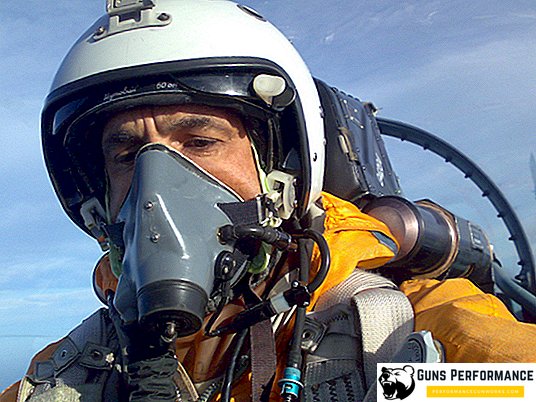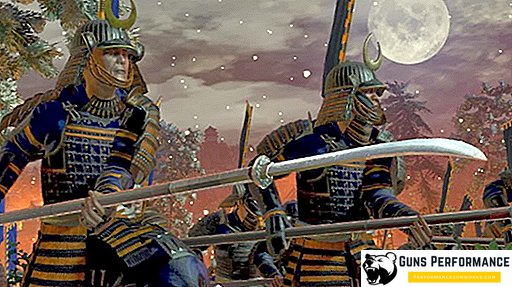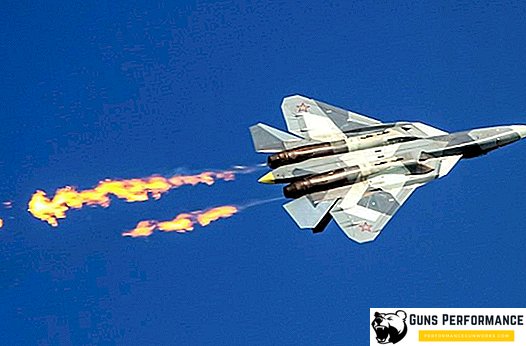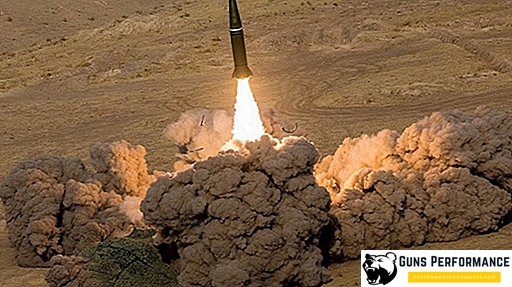An-32 is a light multi-purpose military transport aircraft that can be operated in a variety of climatic conditions, including hot climates (up to 50 ° C), as well as on high-altitude airfields (altitude up to 4500 m). The main purpose of the AN-32 is shipping on the lines of medium and small length. In addition, it can be used for the transportation of parachute landing of military personnel, military personnel platforms with cargo, including in the framework of the actions of the Ministry of Emergency Situations or the sanitary version for military personnel. An-32 has a high maneuverability during flights to mountain airfields, which have complex approaches.
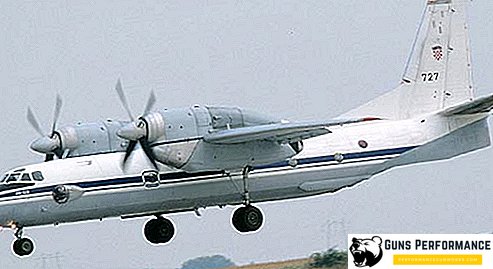
The history of the aircraft
India in the 1970s needed a transport aircraft to replace the C-119, as well as capable of flying in high altitude conditions. As a result, a competition was announced, in which DHC-5 and FIAT G-222 took part. However, their conditions were unacceptable, so the Indian Air Force turned to the Antonov Design Bureau through Aviaexport with a proposal to develop such an aircraft. The Antonov Design Bureau proposed to take the An-26 already mastered, but at the same time to increase the power of the power plant. In 1975, the contract was officially signed. June 16 MAP issued an order instructing the design bureau to develop an 32.
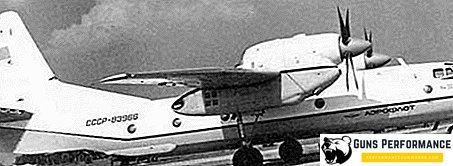
Lead the program to create the AN-32 was entrusted to the lead designer Yu.P. Serdechnomu and V. A. Garvardt, deputy chief designer. General management was performed by O.K. Antonov. The An-32 aircraft became the first domestic machine created for export. Experience of such developments has not yet been, and there were no clearly articulated requirements, except for landing and the possibility of take-off at airfields in the Himalayas. The design needed to increase the power of the power plant. Only the AI-20M engine, which was created by the Zaporozhye Progress ICD, was suitable for this requirement. This engine also allowed to increase the capacity by 1.6 tons, which allowed to expand the range of goods. Together with the engines were replaced instruments for monitoring the power plant.
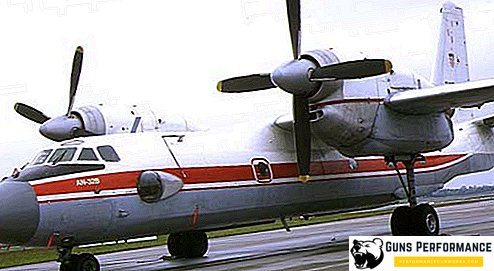
The design was completed before 1975. In 1976, the first prototype was built, which in July rose to the sky. Tests have demonstrated insufficient engine power, so they were replaced with AI-20DM. AB-68DM screws of smaller diameter were also installed. Engine nacelles were also changed. In 1976 passed tests in India. After which there were some improvements. In 1977, the An-32 was demonstrated at Le Bourget. After that, passed test flights in the Himalayas. The aircraft was brought to 1980. Only in 1982 at the Kiev aircraft factory began mass production. In 1983, joint State tests took place, for which its excellent characteristics were demonstrated. The first production aircraft An-32 took off on June 29. In 1984, the aircraft began to be delivered to India.

Specifications
An-32 aircraft has the following specifications:
- Wingspan is 29.20 m.
- The length of the aircraft is 23.68 m.
- The height of the aircraft is 8.75 m.
- The wing area is 74.98 m.
- The mass of an empty aircraft equipped is 17405 kg.
- The maximum take-off weight is 27,000 kg.
- The mass of fuel is 5445 kg.
- Engine - 2 AI A-20D serd. five.
- Power is 2 x 5180 bhp
- The maximum speed is 460 km / h.
- Cruising speed is 400-420 km / h.
- Practical range with a maximum load of 1,170 km.
- Practical range with a load of 4375 kg is 2350 km.
- The practical ceiling is 5400 m.
- The crew is 3-4 people.
- Payload: 42 paratroopers or 50 soldiers or 24 stretchers with 1 accompanying or 6,700 kg of cargo.
- An-32 fuel consumption is 1268 kg / hour.

Design features
- The design of the An-32 is made to the scheme of a free-carrying high-plane having an all-metal sheath. The fuselage has a type of semi-monocoque. Trapezoidal wing in the plan, straight. Mechanization of the wing includes automatic slats, three-slotted on the middle parts of the wing and double-slotted flaps on the center section.
- Chassis tricycle, with a nose strut, retractable. Special chassis with low pressure tires. The power plant consists of 2 AI-20D TVDs with VSU TG-16M and AV-68DM propellers.
- An-32 was created on the basis of the An-24, as a result, the cabin was increased, which increased the number of passengers to 50 people. The salon provides for the possibility of organizing a separate space for board equipment.
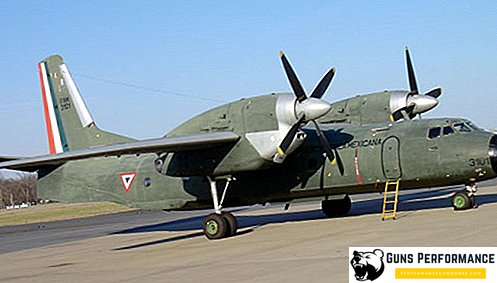
Modifications
- An-32A - The plane with the Soviet avionics.
- An-32B - modified.
- An-32B-100 - used engines AI-20D series 5M.
- An-32V - military An-32B.
- An-32D - distant.
- An-32P - fire plane.
- An-32RE - modernized aircraft.


